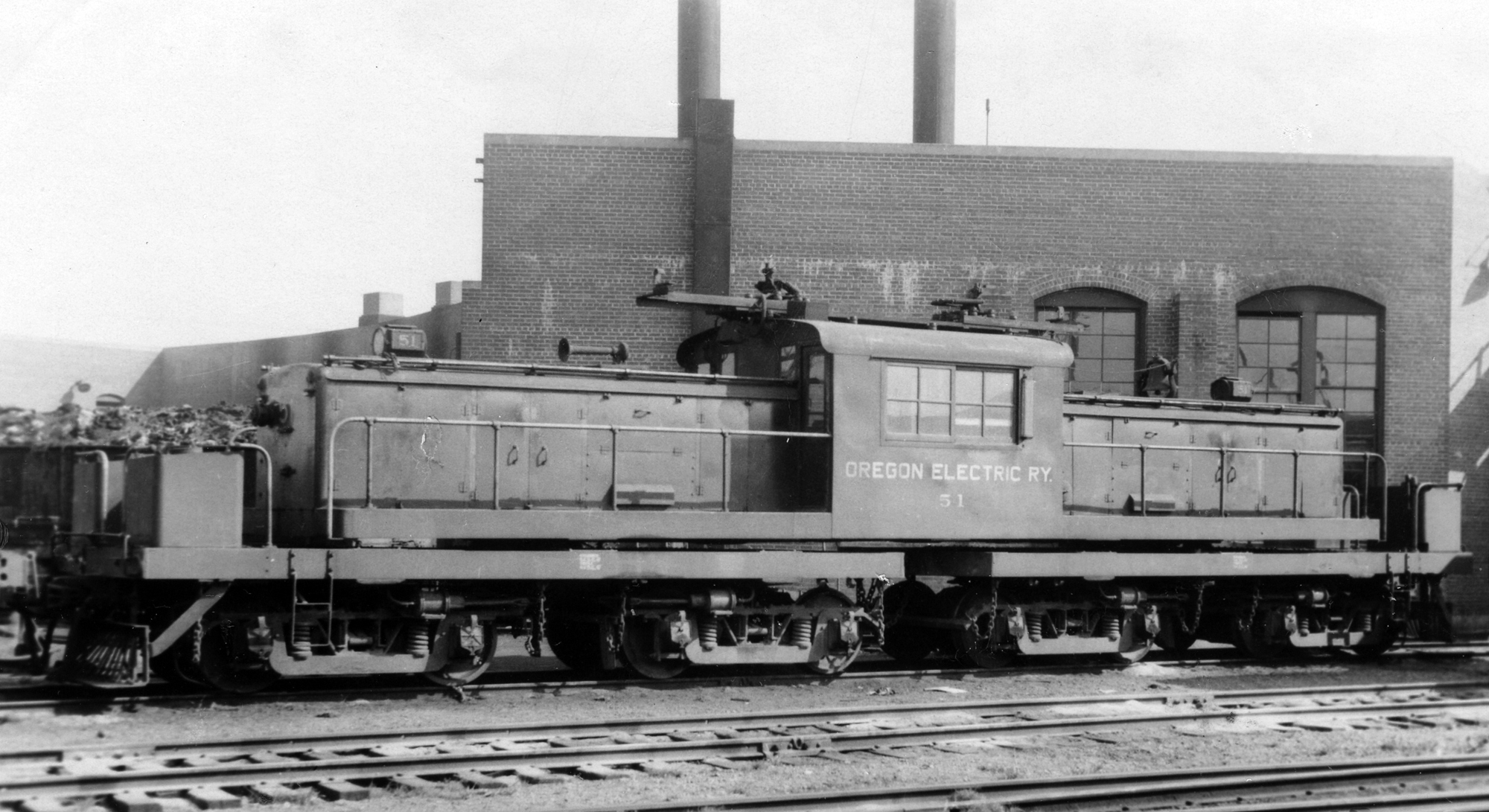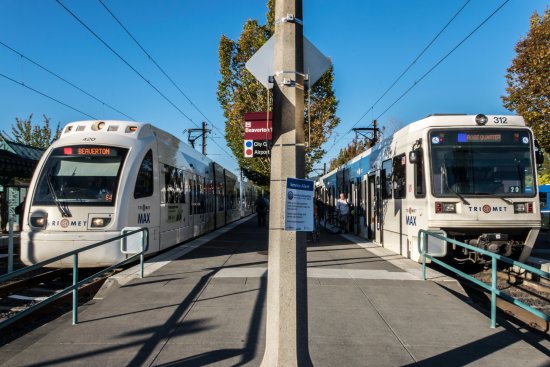Welcome to the brand-new Trolley Thursday format! Please don't track your muddy feet in my car. Before we start, hope you enjoy this brand-new format and I'll see you after the- BRAKE!
-----
| Credit: PDXhistory.com |
On January 1, 1908 (112 years this year, actually), the WVTC officially opened its Portland-Salem mainline and later renamed itself to the “Oregon Electric” that same year. Great Northern would purchase the interurban company. The Spokane, Portland and Seattle (SP&S), an interchange road between parents GN and NP, would be selected to run the railway operations. James J. Hill, who wholly owned the SP&S, intended for the interurban to be a stopgap to keep E.H. Harriman’s UP & SP out of the territory.
| Photo credit: PDXhistory.com |
Passenger service on the OE was supplemented by lavish parlors and observation cars, much like the Sacramento Northern to the south, built by the Niles Car Company. As luxurious as they were, they were also quite slow with normal service speed being 45mph.
However, speed was not so important to the OE, compared to the hustle of the SP’s Red Electrics with their faster schedules. Luxury was the name of the game, and at one point, OE even boasted a sleeper car alongside their parlor observations. There's no doubt that it was a haven for weary commuters heading back home.
| Photo credit: Well... it's right there. |
The run between Portland and Eugene would take about 4 hours one-way, but passengers were of little importance (and brought little profit) to the OE as the main money came from freight operations (like the Albany extension), and this brought along some handsome electric locomotives.
| Photo credit: Oregon Electric Railway Museum |
 |
| Photo credit: AmericanRails.com |
 |
| Photo credit: Amos Anonymous |
The Oregon Electric continued to operate as a dieselised road until December 31, 1994, when inheritor Burlington Northern ran one last freight train on the Portland-Beaverton route. Ownership was then passed to a joint ownership of BNSF, the state of Oregon, and Portland & Western.
The SP&S briefly returned to the former Oregon Electric in mid-1999, when Northern No. 700 ran a series of excursions in conjunction with the P&W on the Portland-Beaverton route. Since then, it has remained a freight shortline interchanging with the BNSF.
 |
| Photo credit: Robert D. West |
Another return on the OE was passenger service on the Tigard-Wilsonville line, which is now part of Portland Trimet’s Westwide Express Service (WES) diesel interurban line (featuring ex-Alaska/New Haven and Via Rail RDCs in occasional service). The OE branch between Hillsboro and Beaverton is also now part of the TriMet's MAX Blue Line, bringing another return of interurban light rail.
 |
| Photo credit: Dan Haneckow |
 |
| Photo credit: TripAdvisor |
| Photo credit: Another Believer |
Concerning infratructure, the stations in Eugene and Albany have found new leases on life as popular restaurants, while the site of the Multnomah depot is now a supermarket parking lot. Even into the modern day, city workers in Eugene have been uncovering the old tracks following Fifth Avenue, two blocks from what is now the Oregon Electric Station restaurant. Even with the rolling of history, you can’t keep a good electric railway down!
-----
Join us next Tuesday, when we finally take a look at the tiny little cars of the Portland Traction Company, and even see some familiar faces along the way! Thanks for reading and ride safe!
(Also forgive the slight formatting mistakes, this is the only post that'll have these Twitter-format issues)

No comments:
Post a Comment